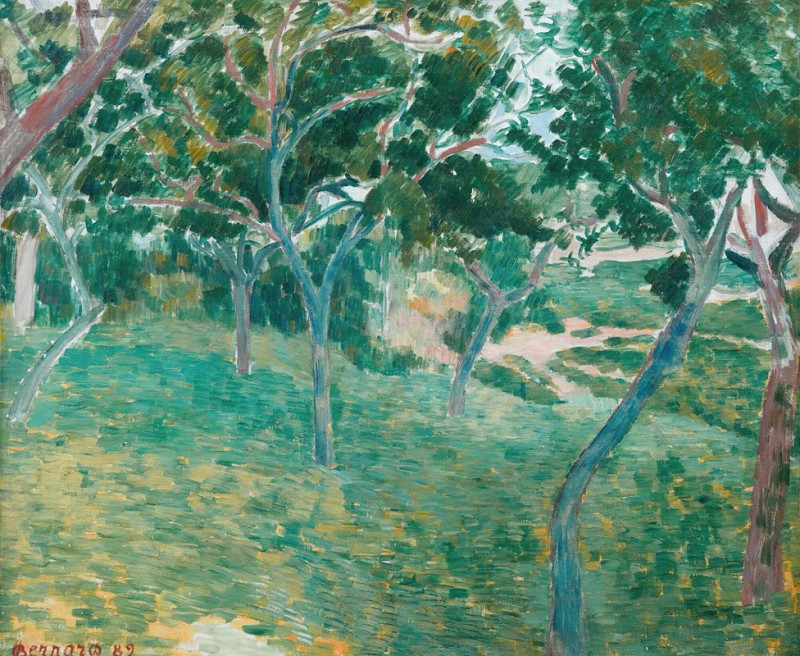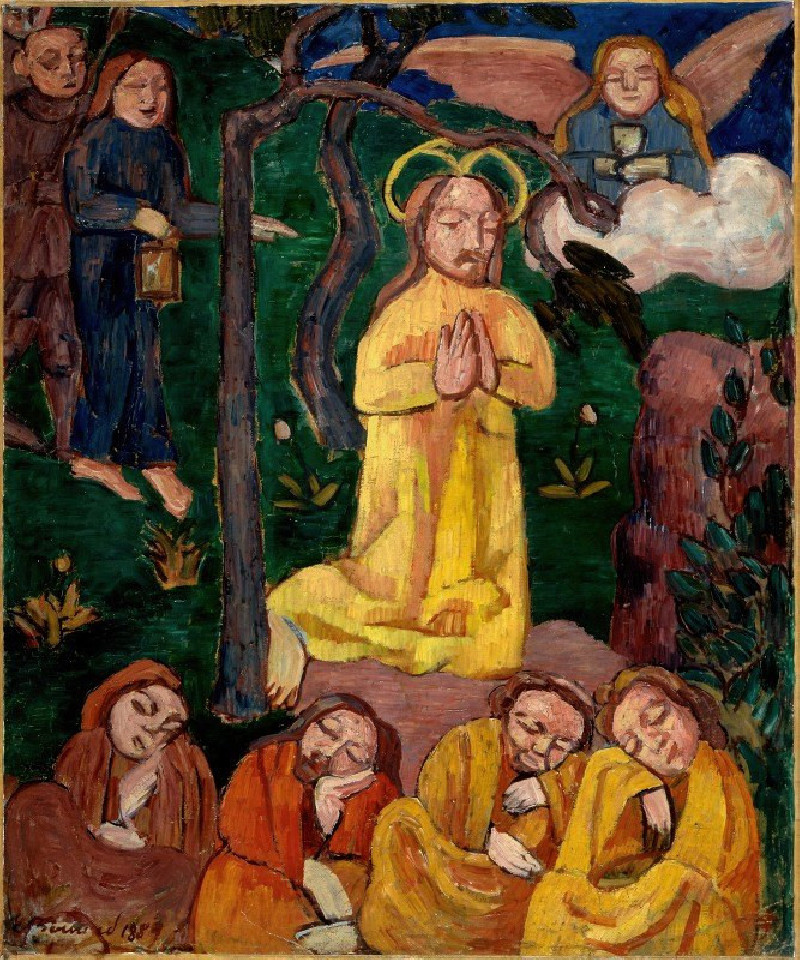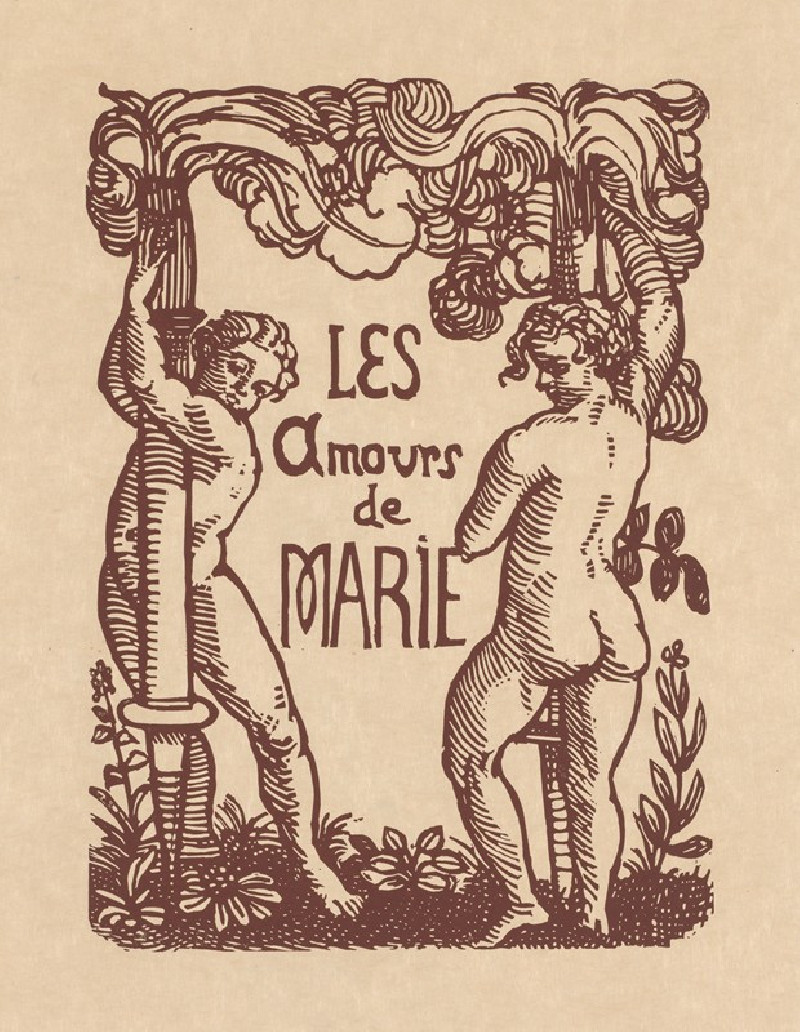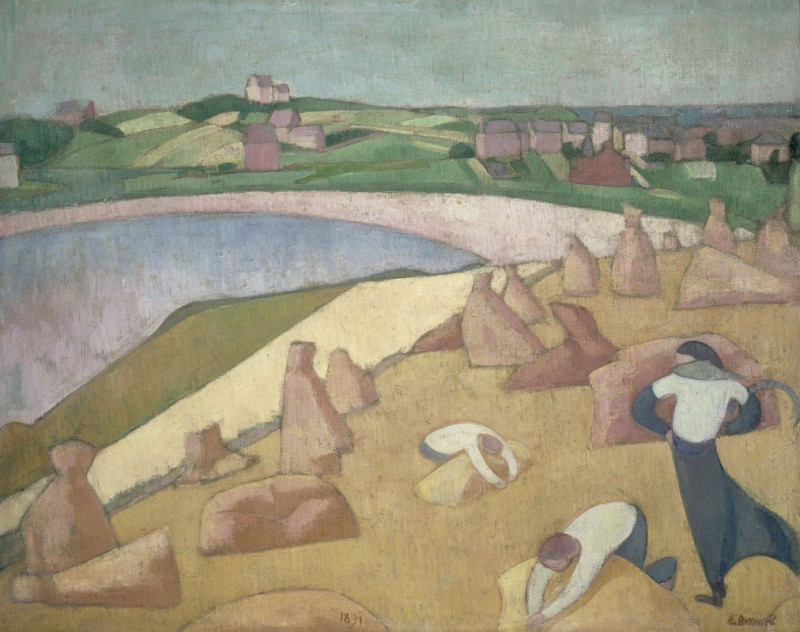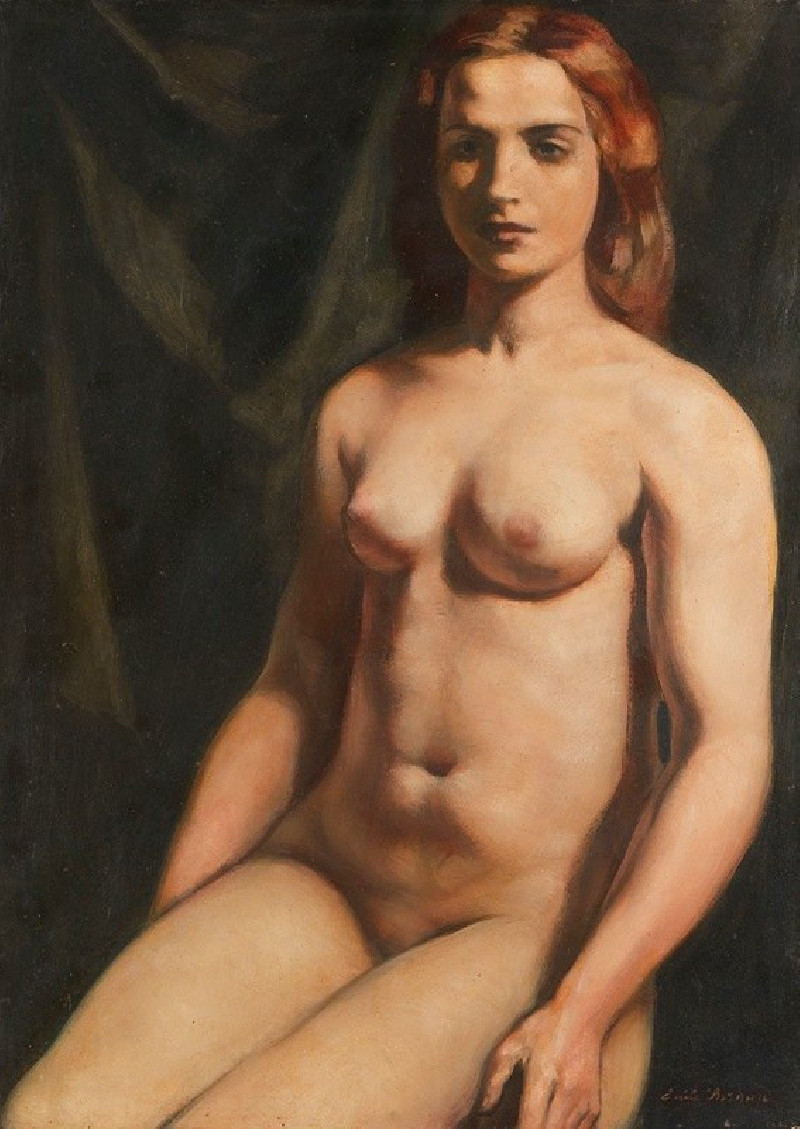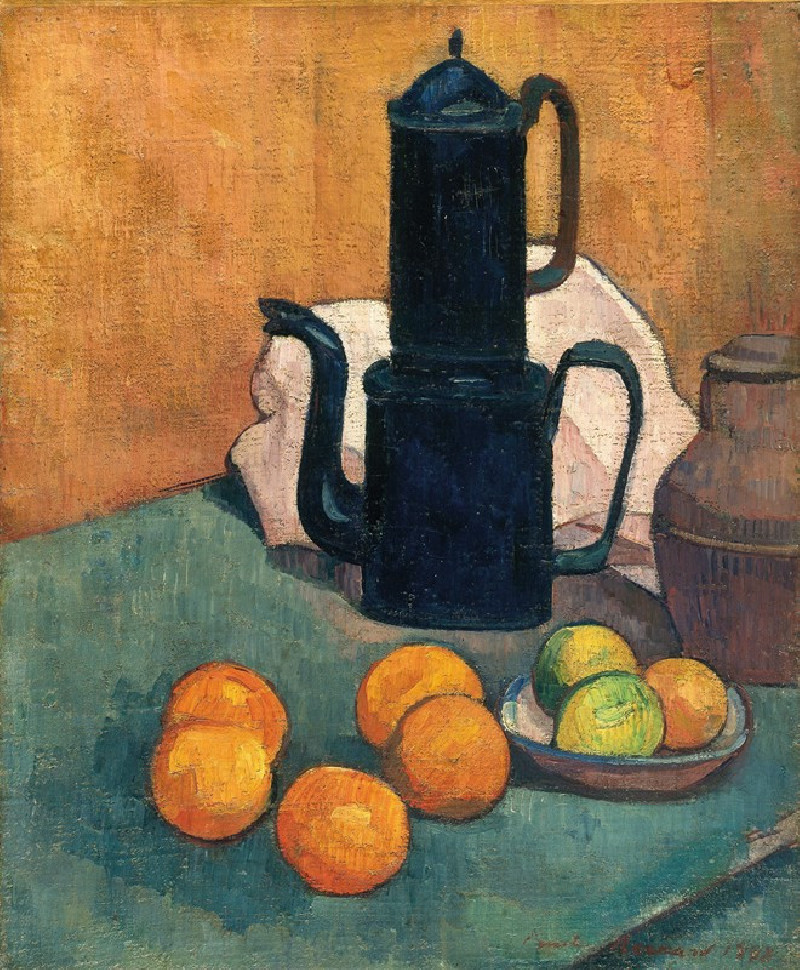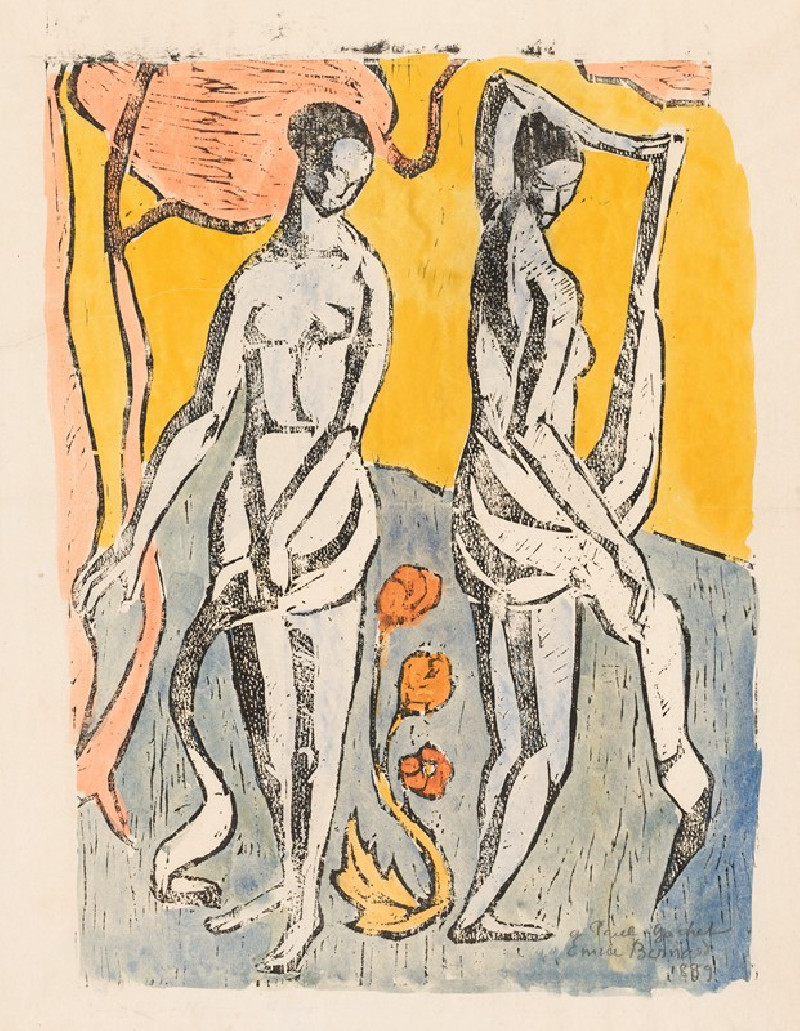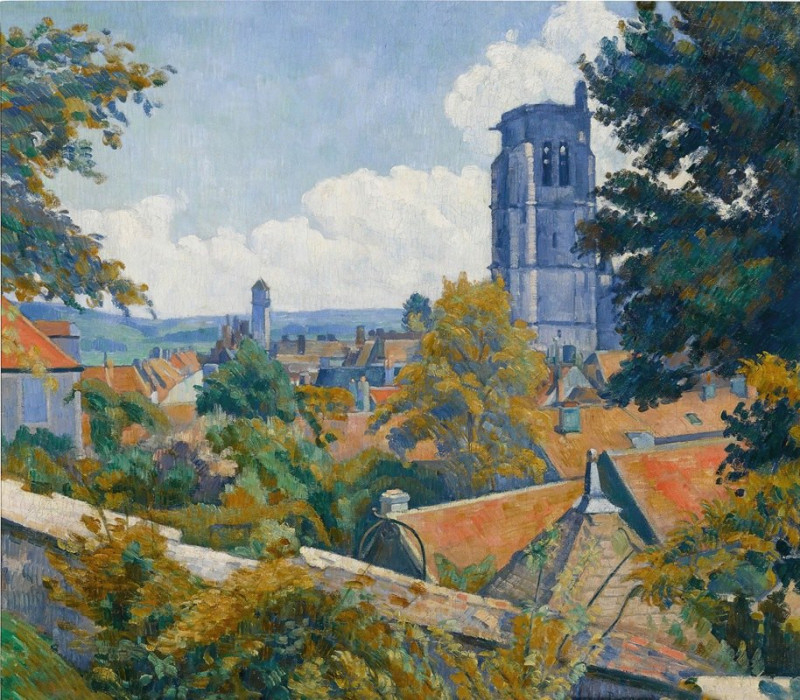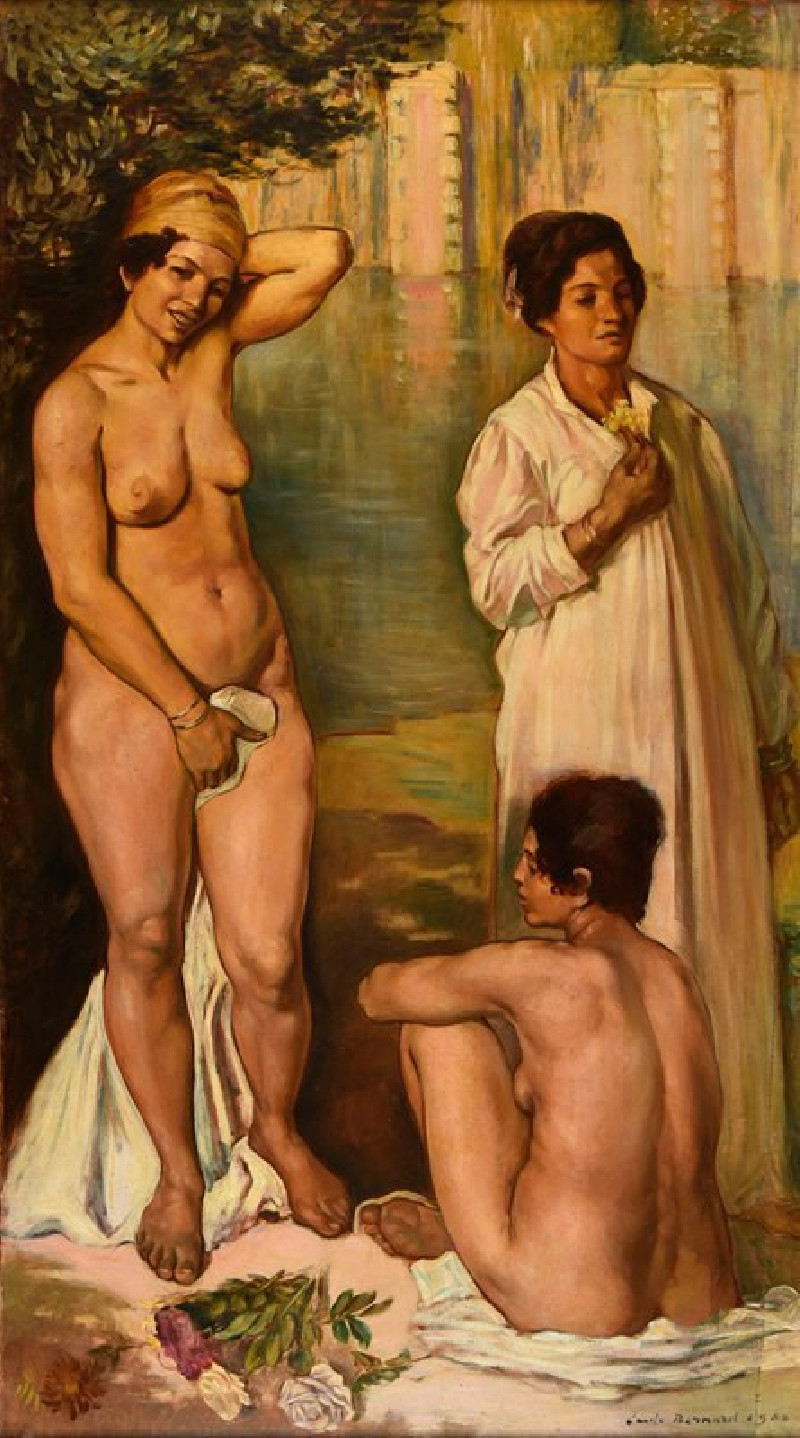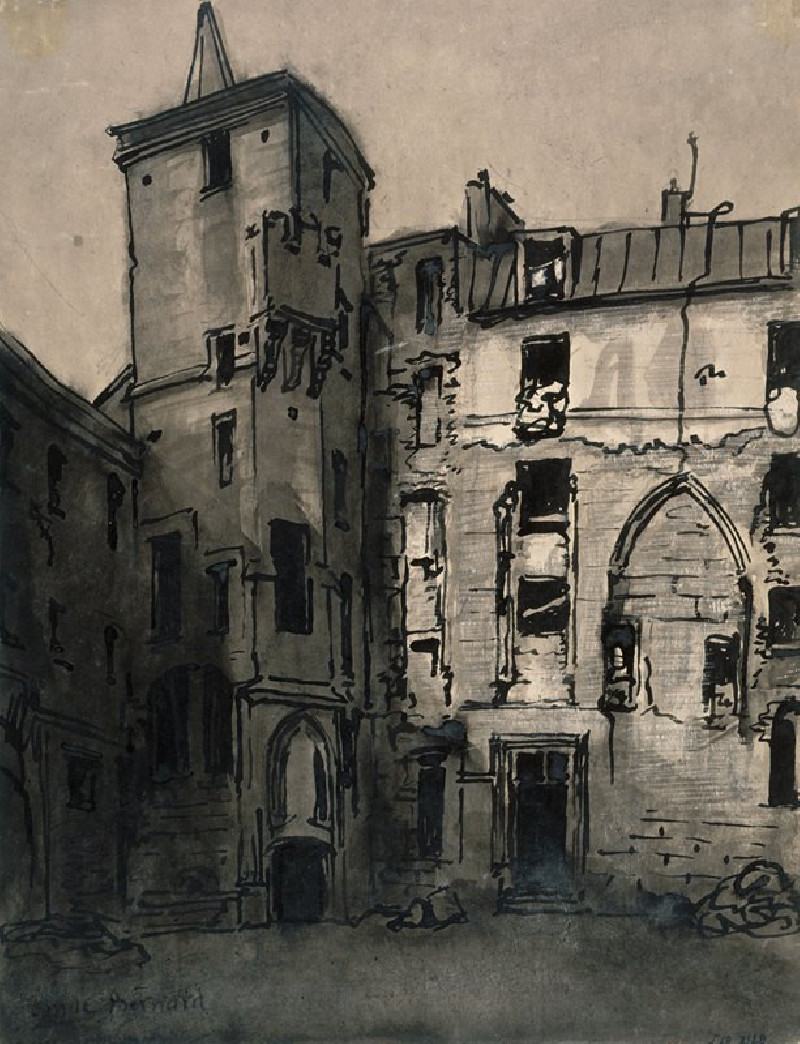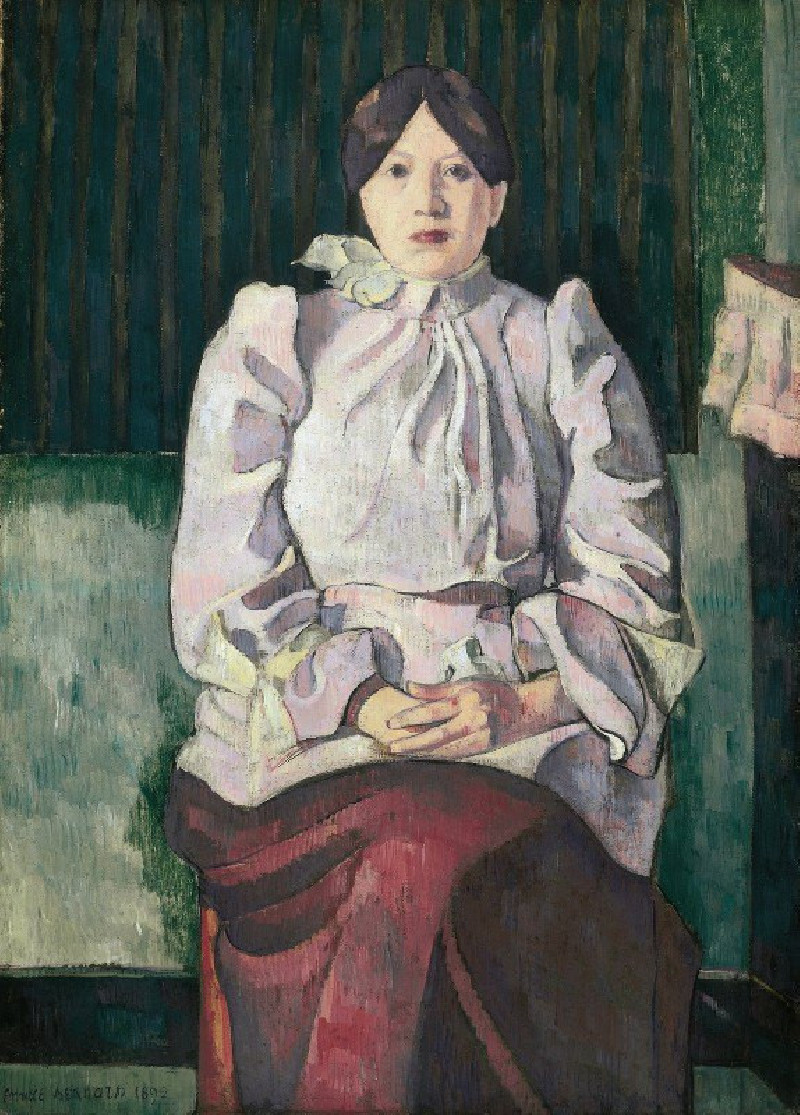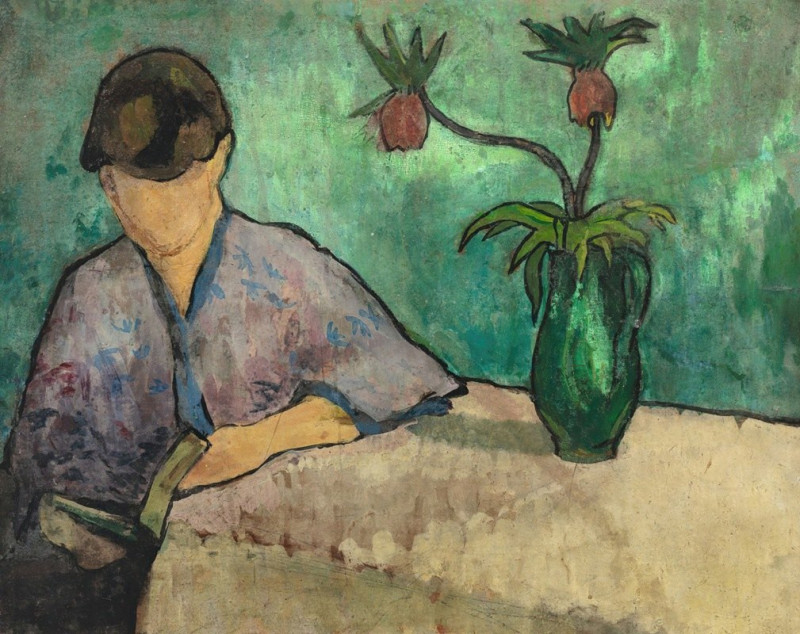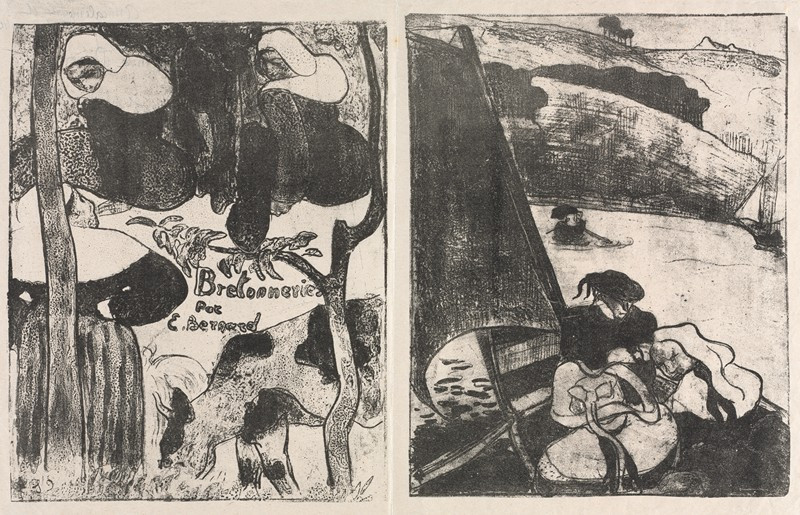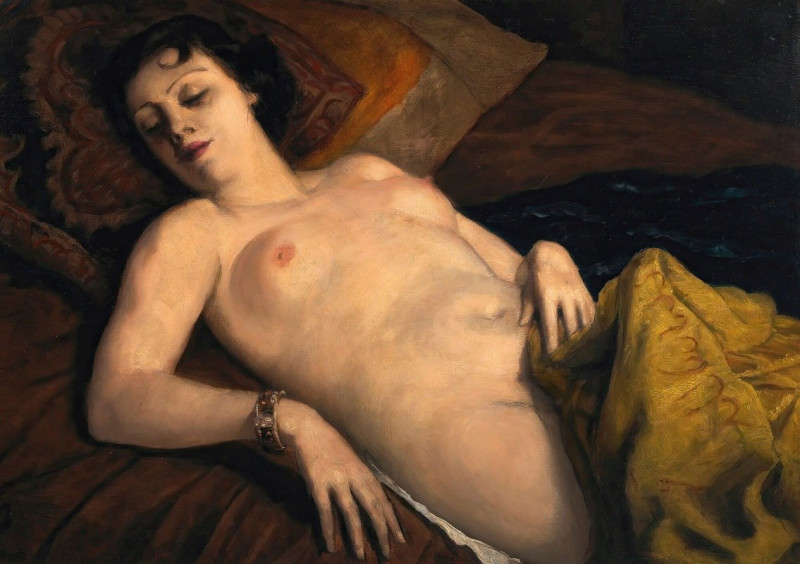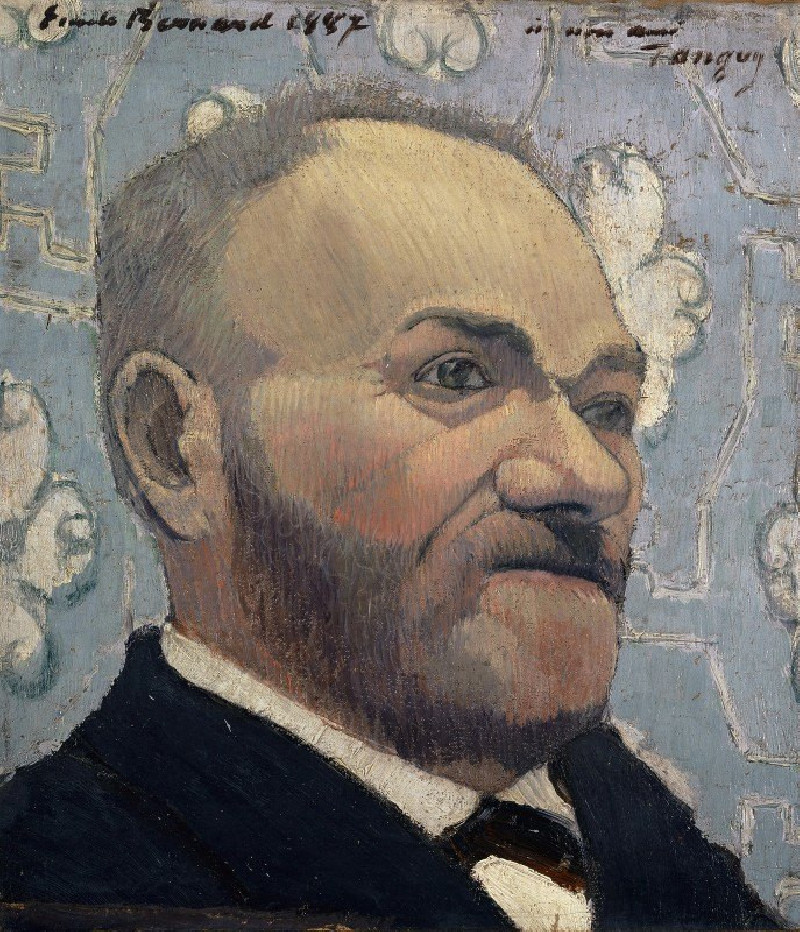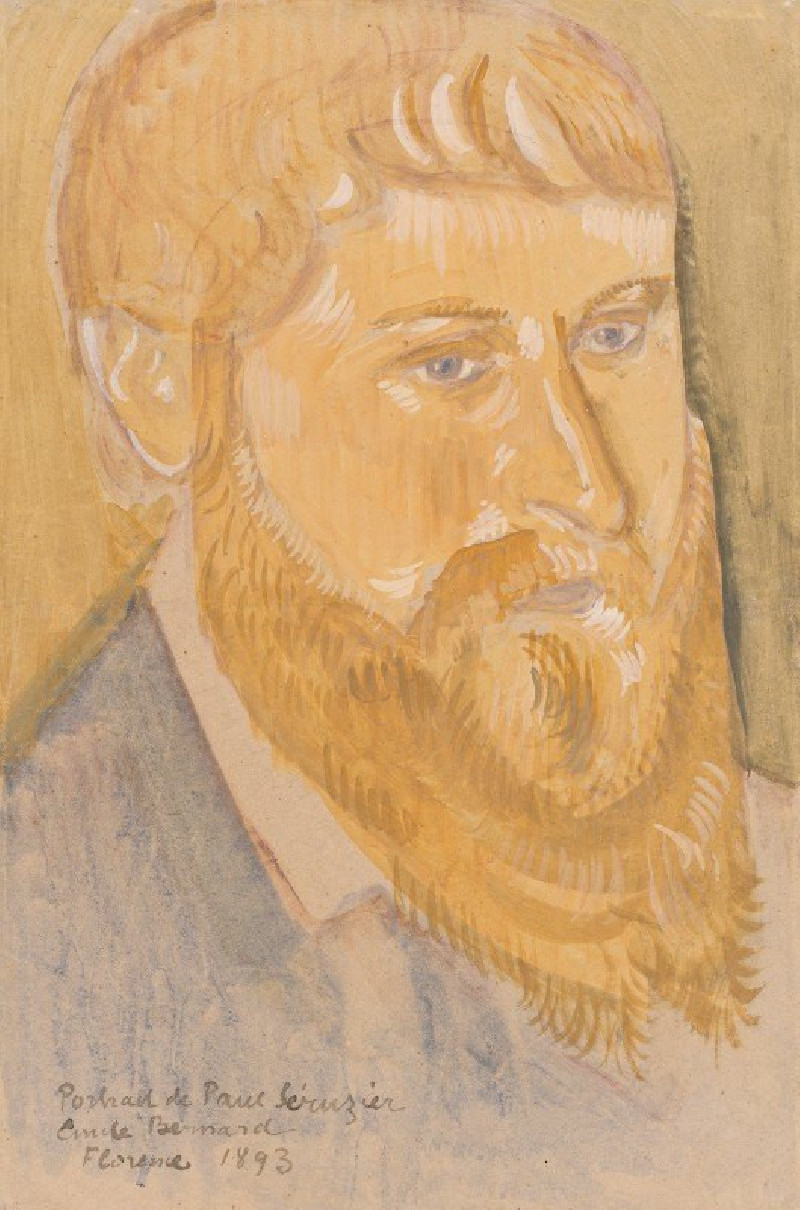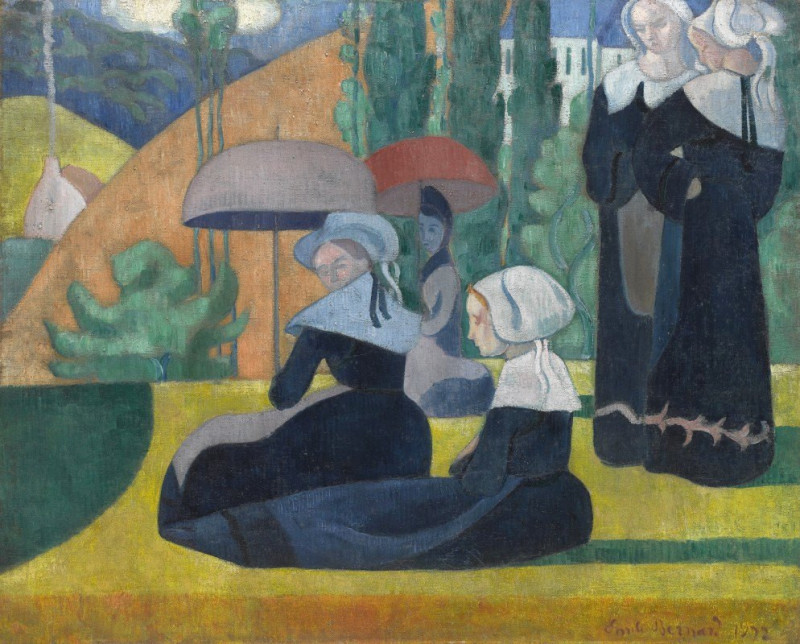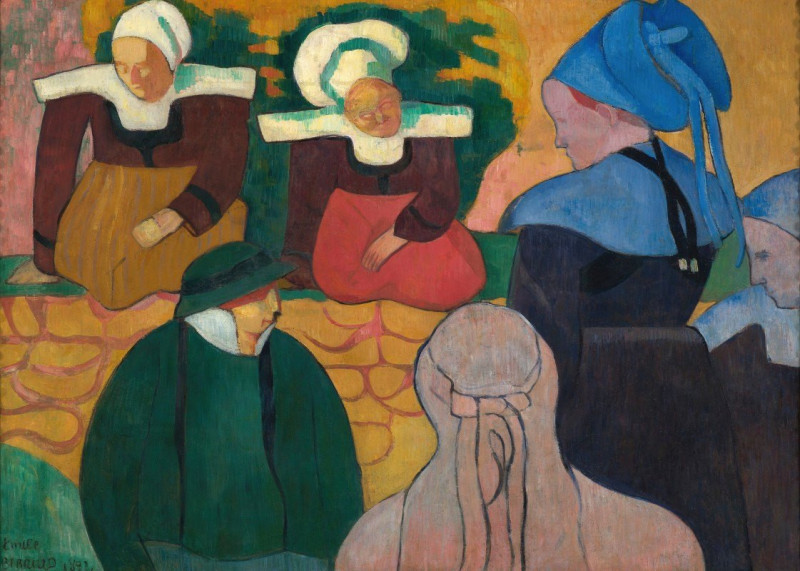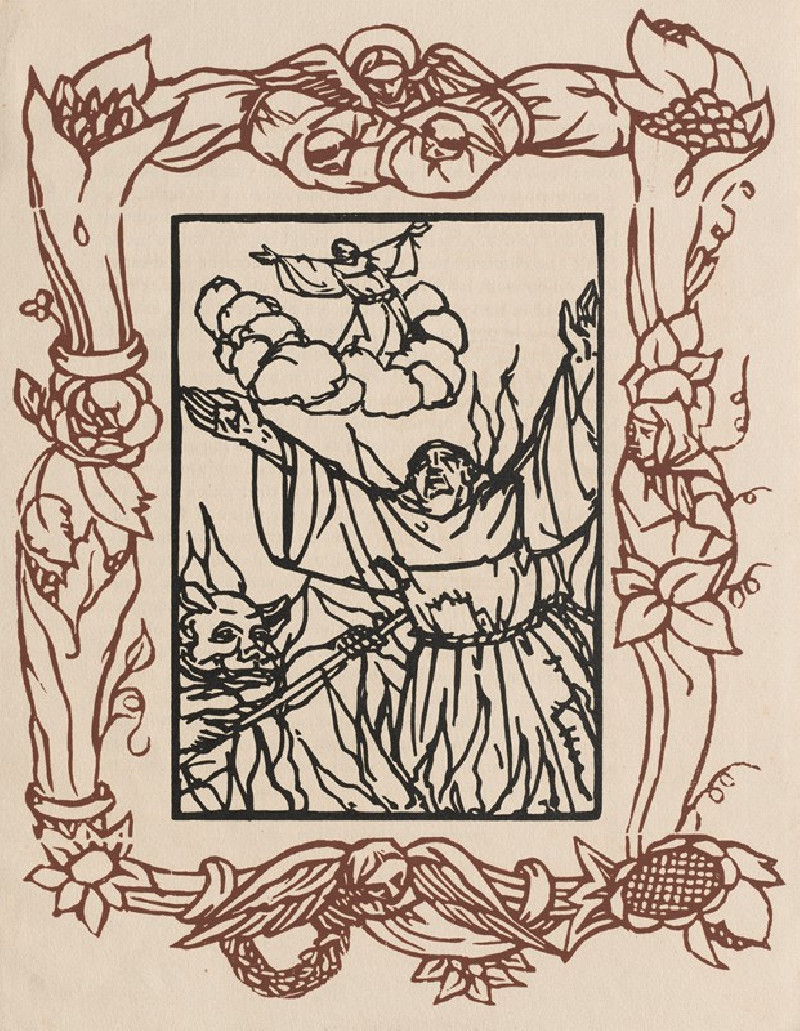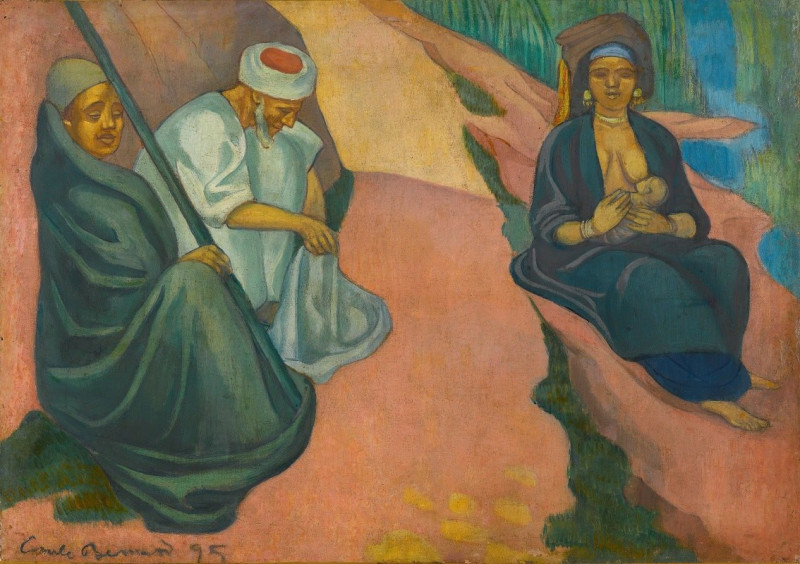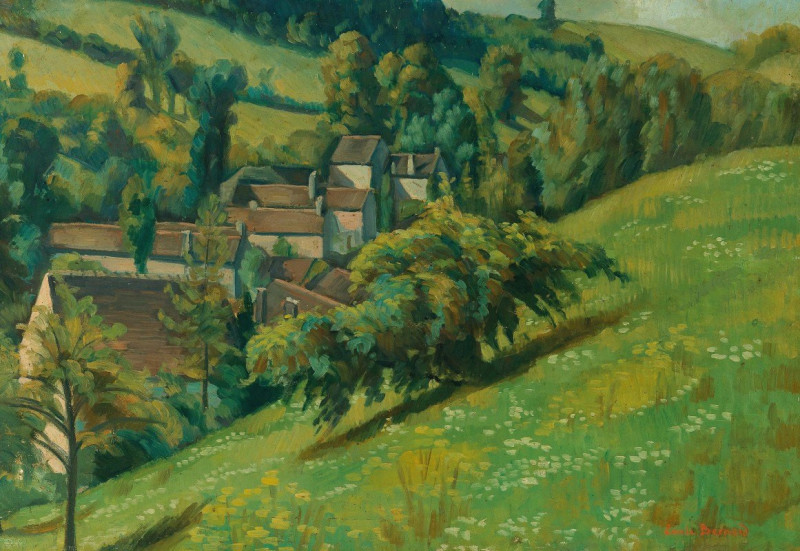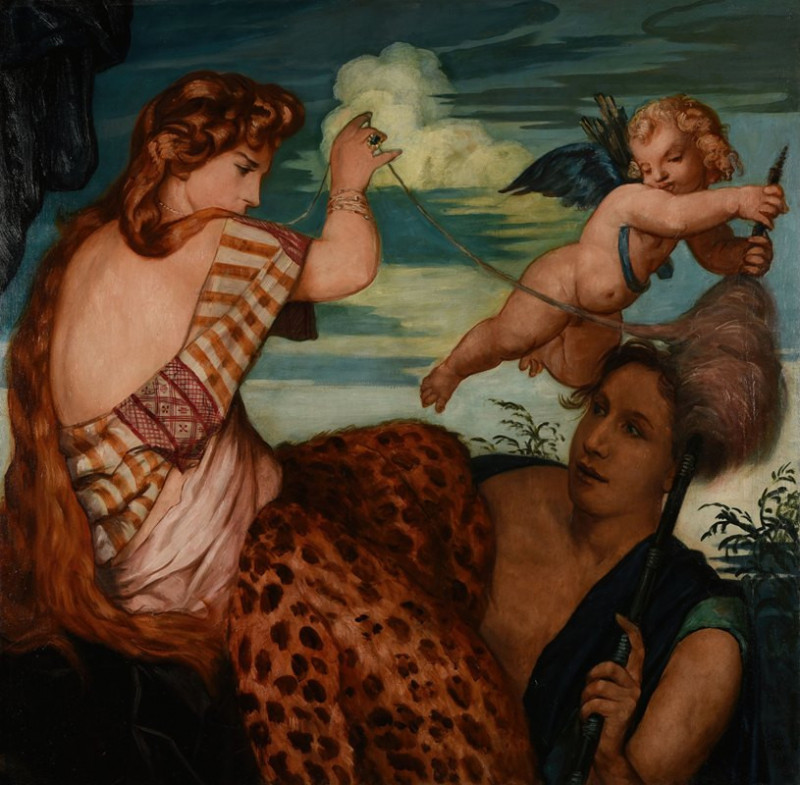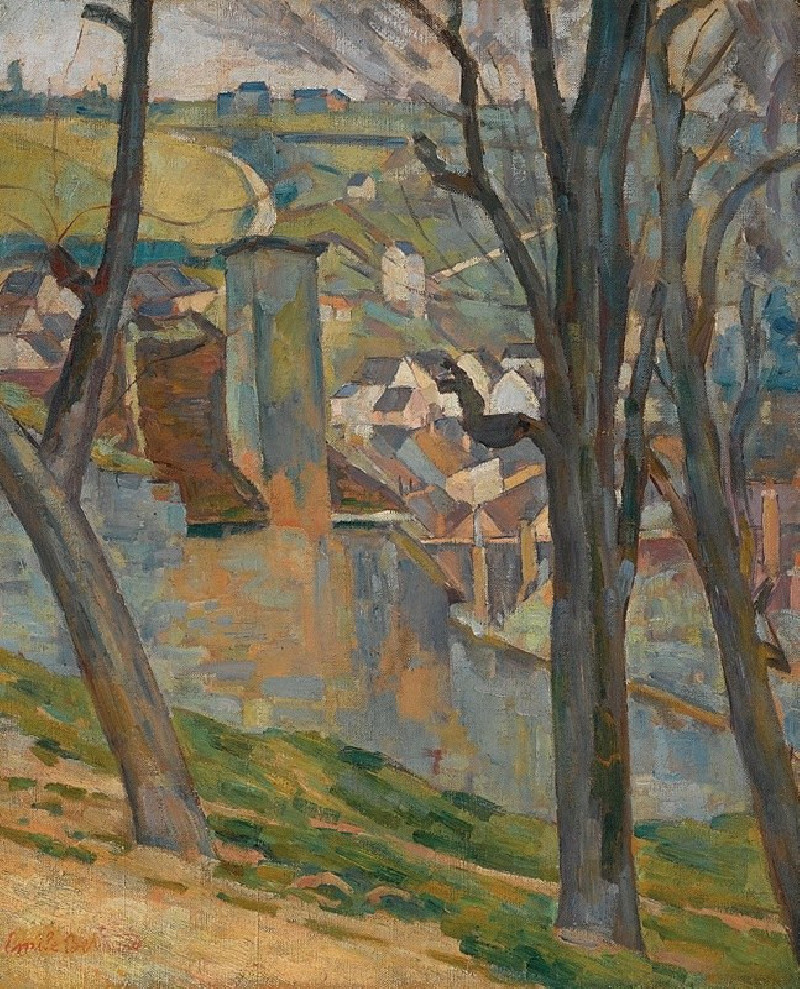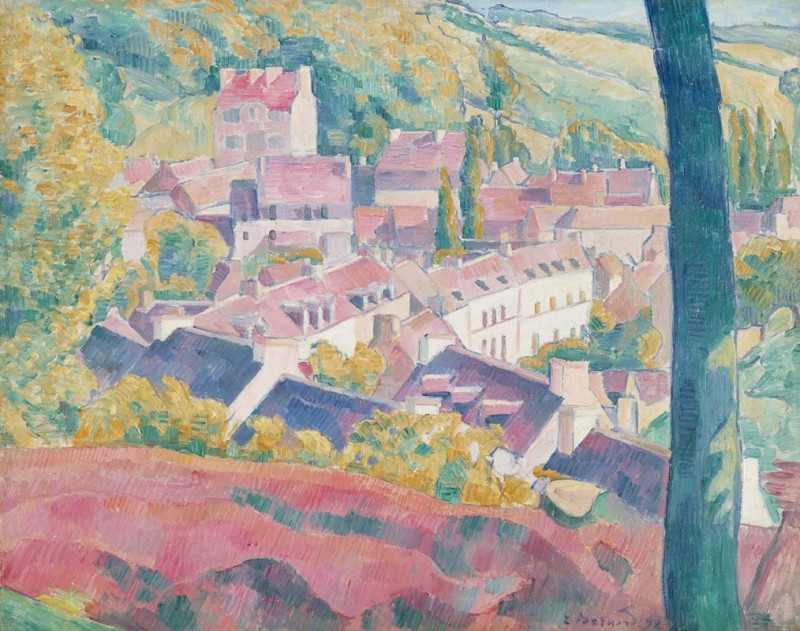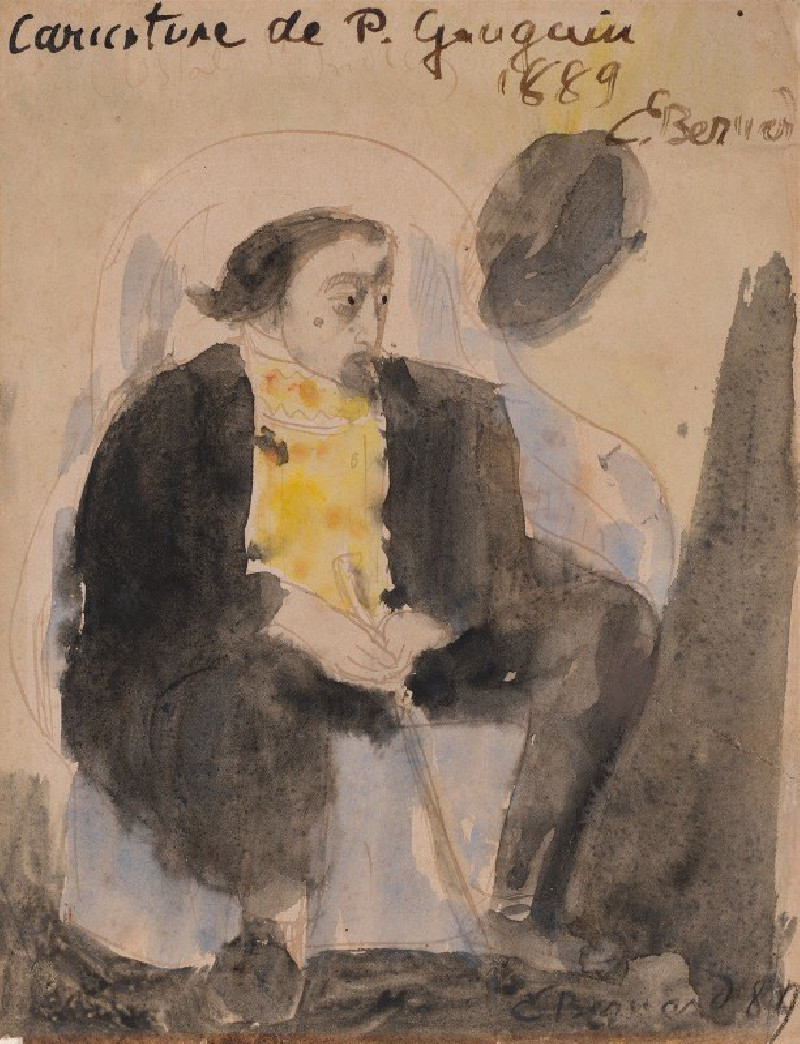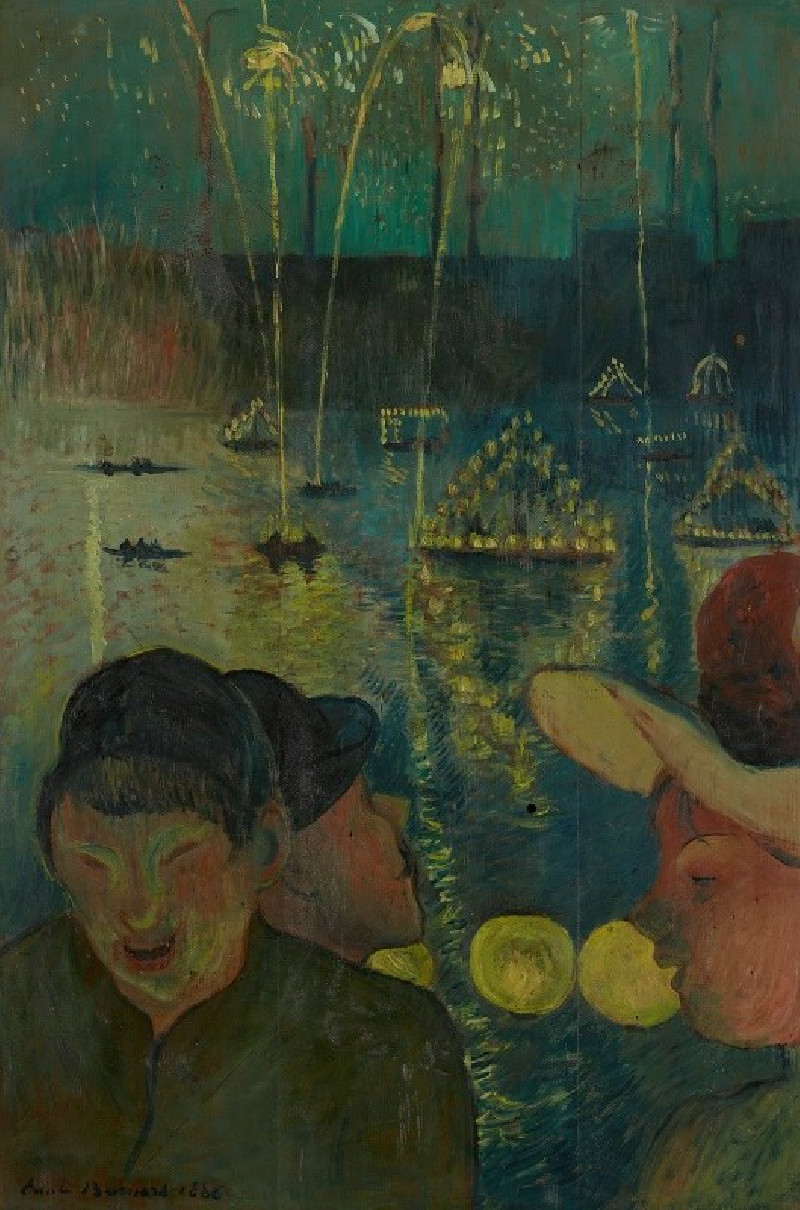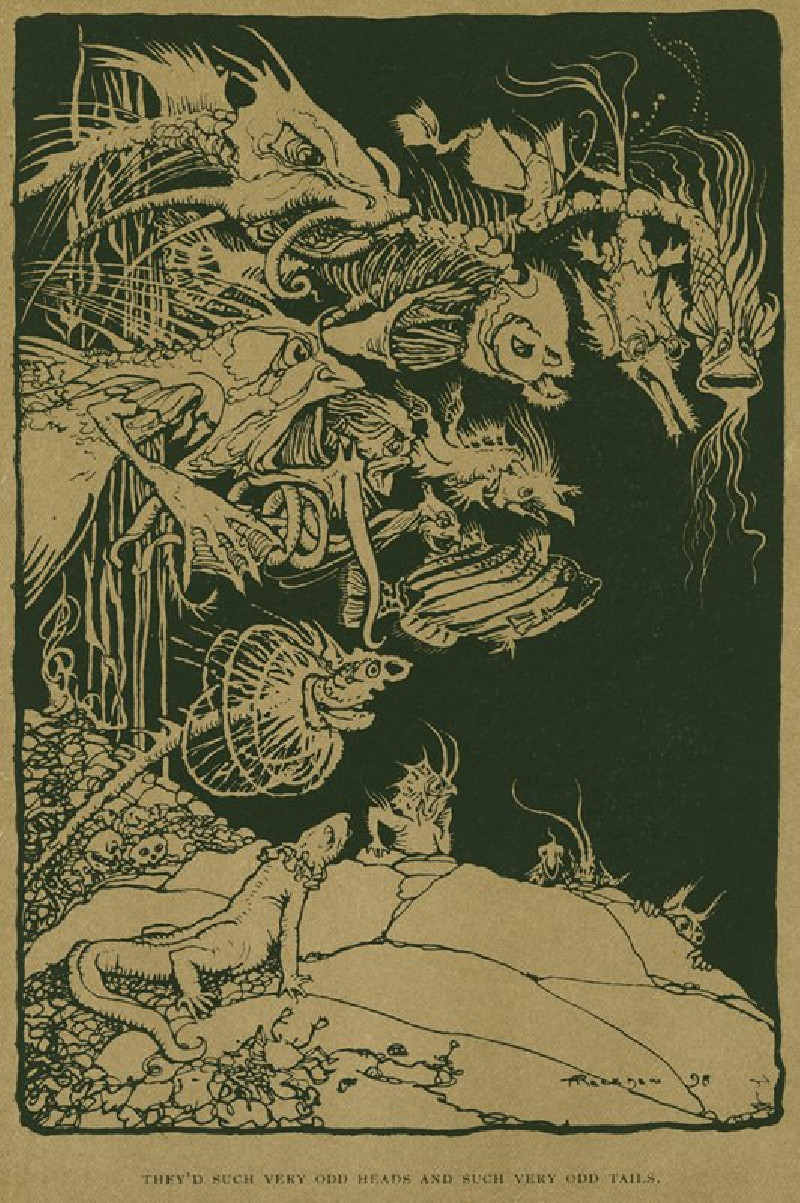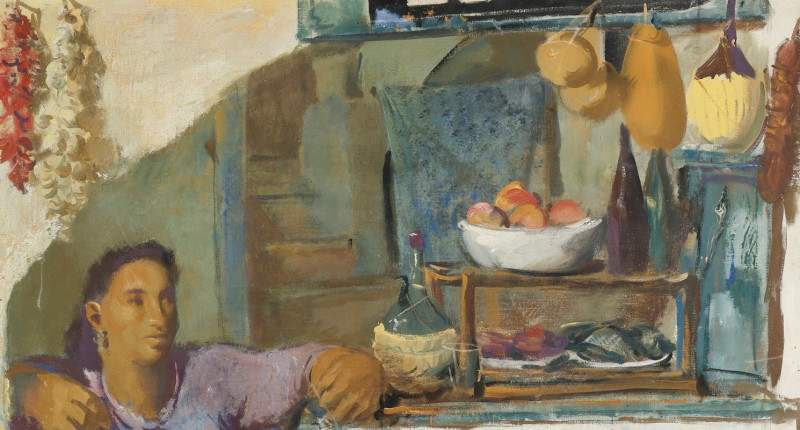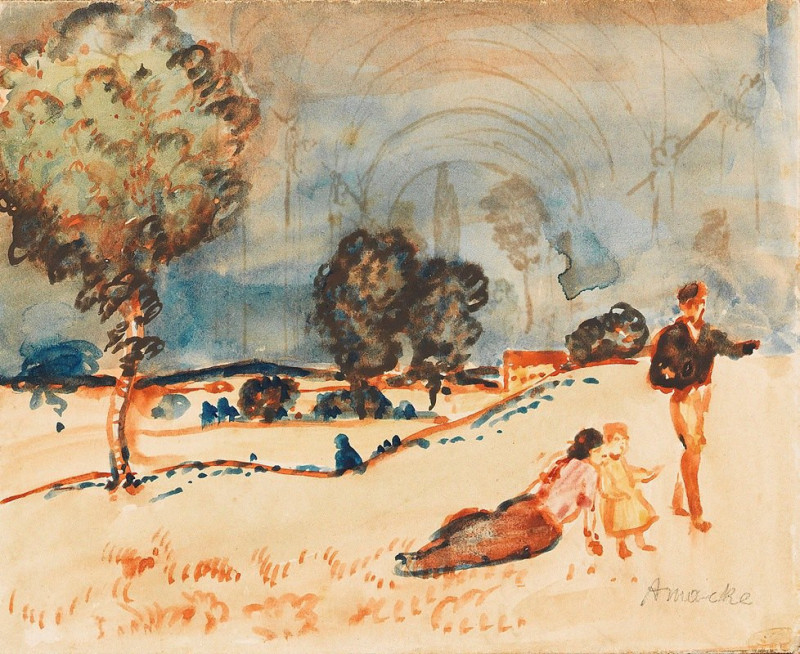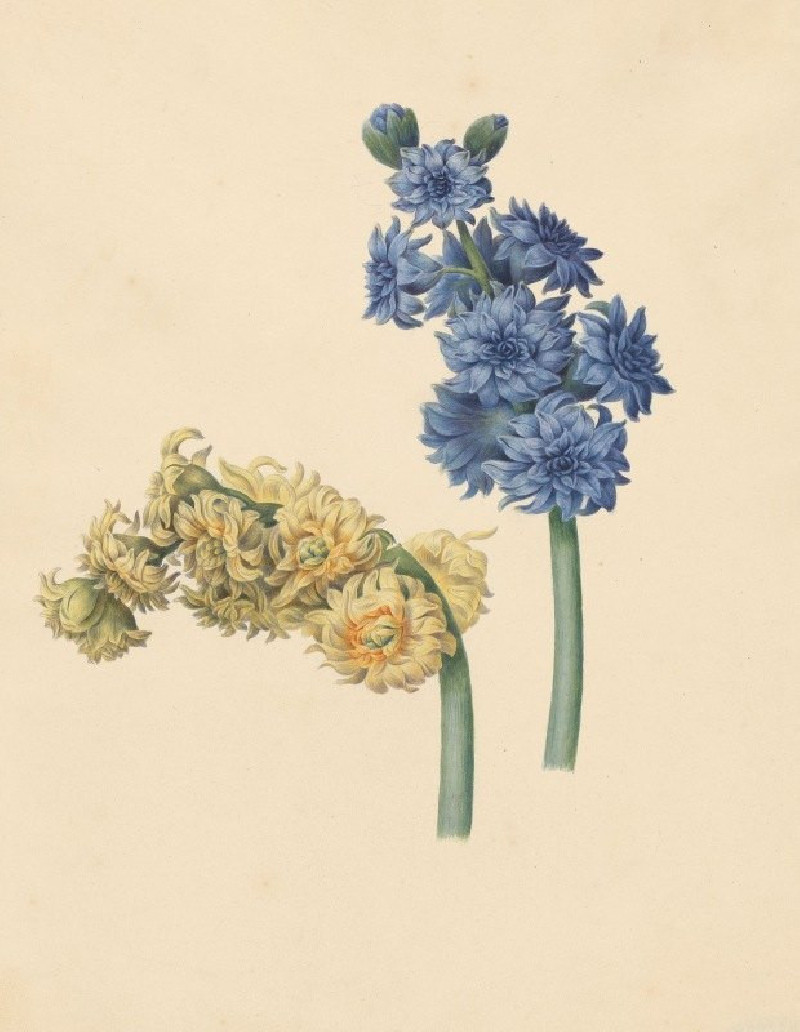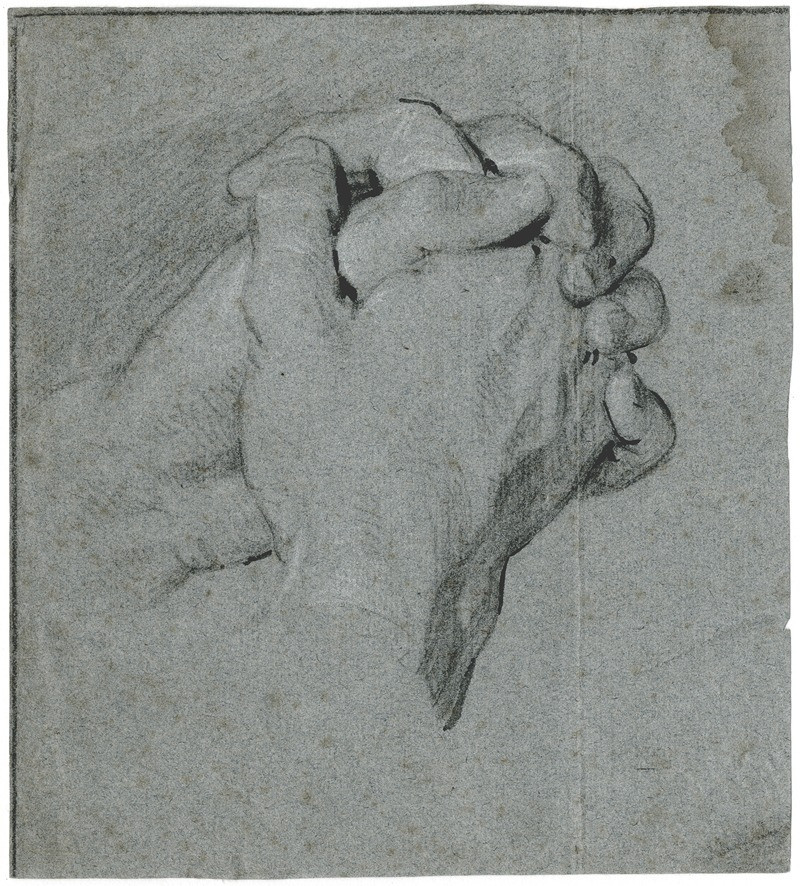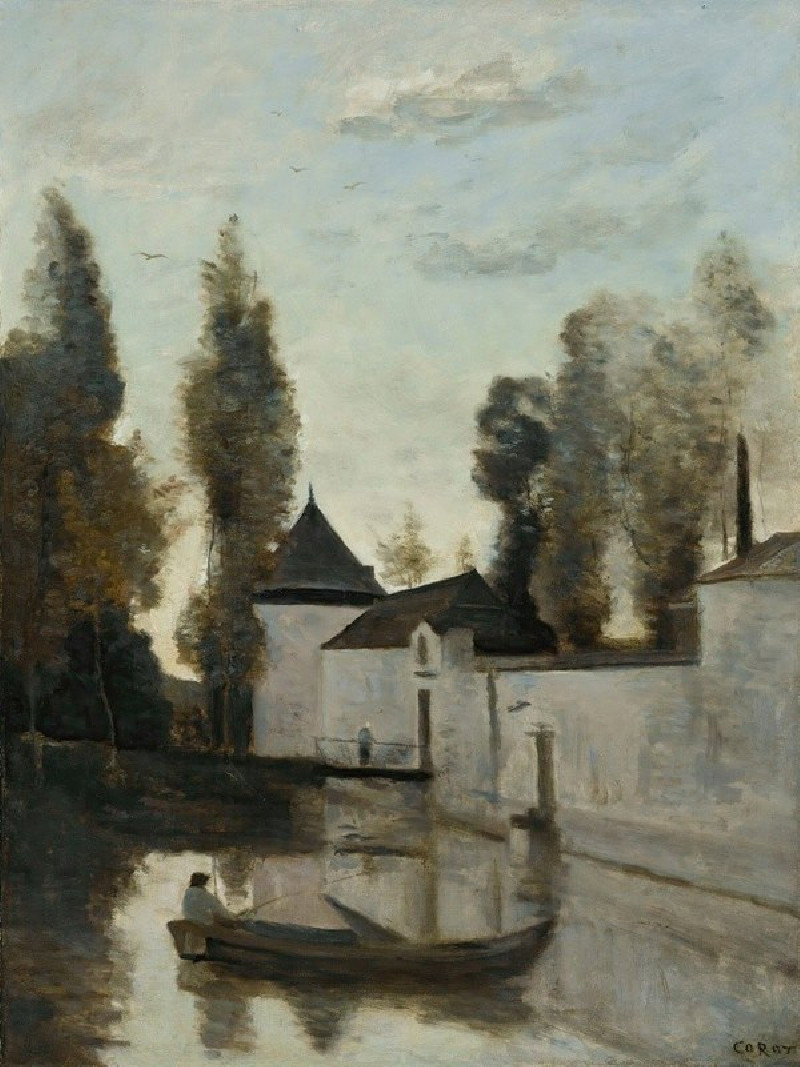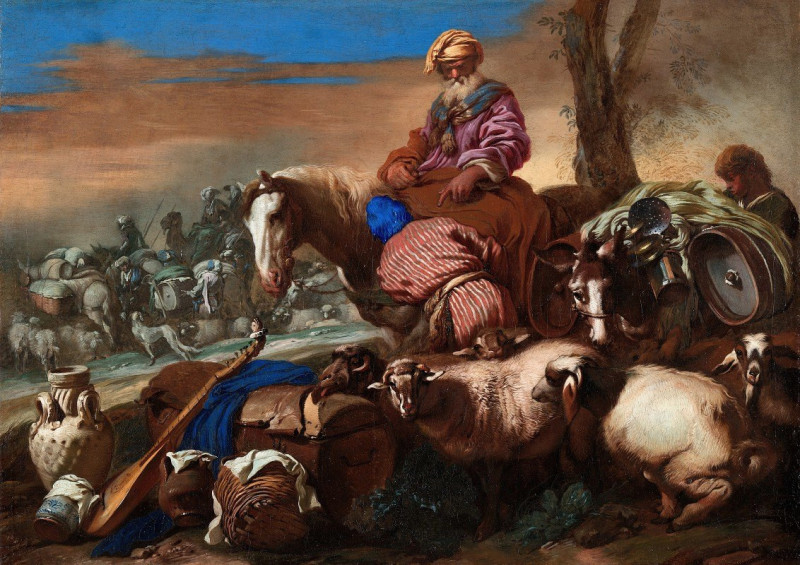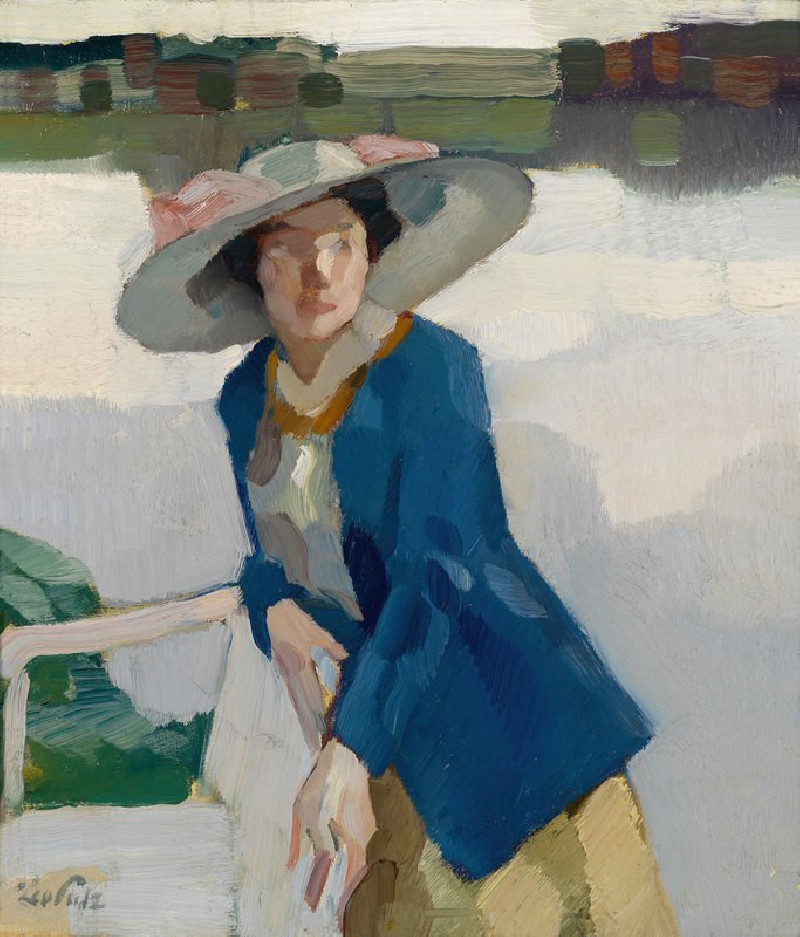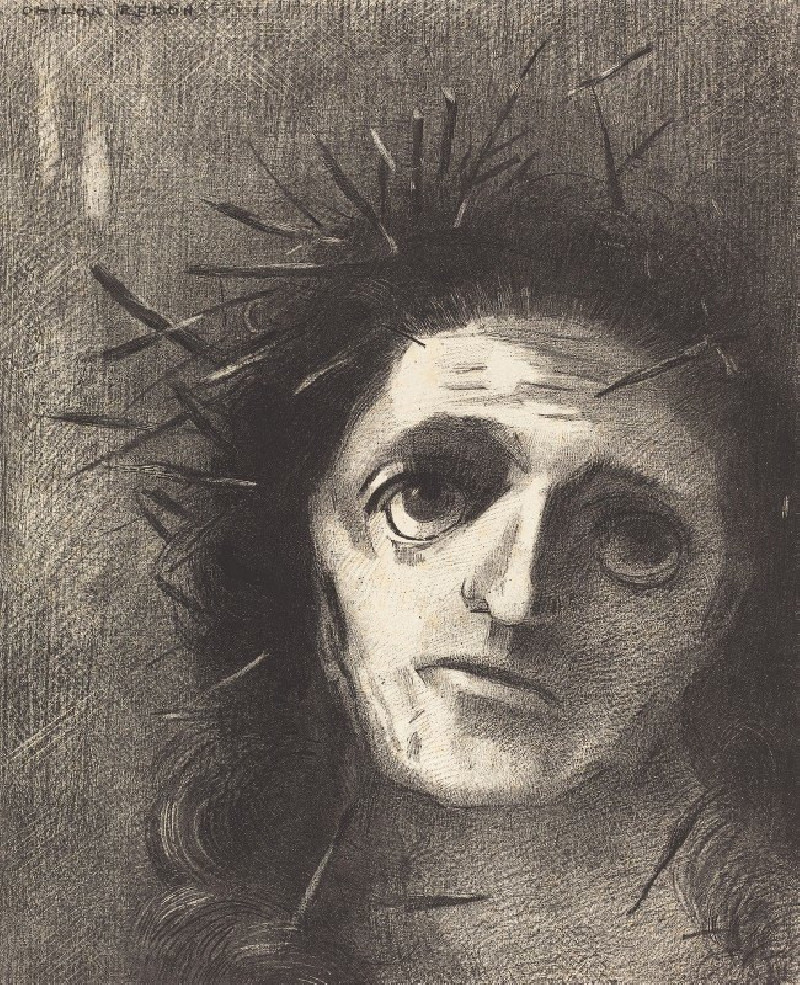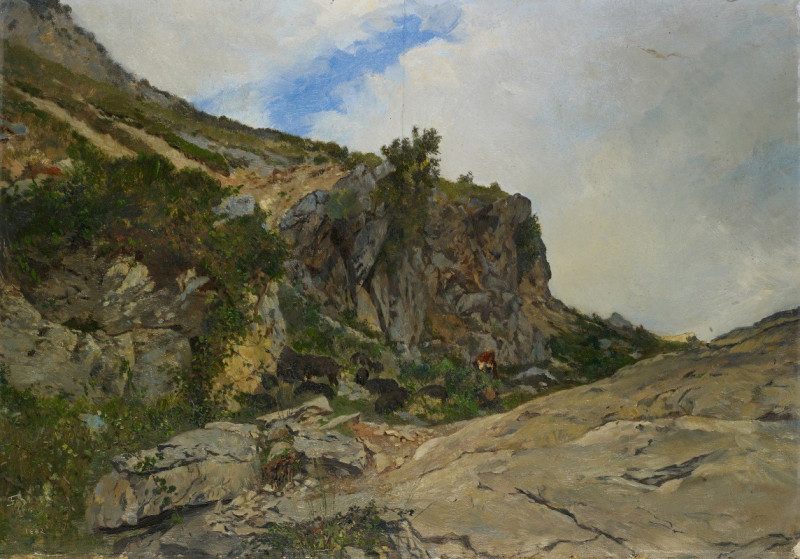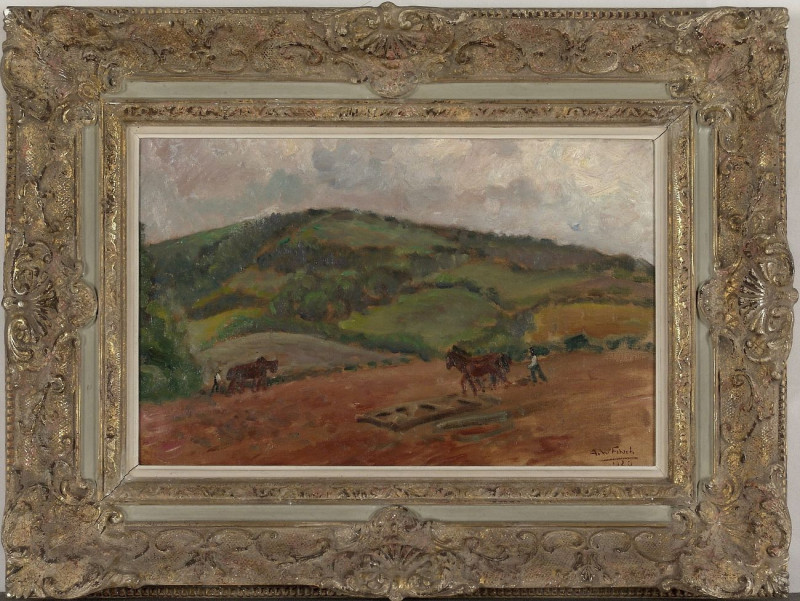Un Coin Du Bois D’amour A Pont Aven (1889)
Technique: Giclée quality print
Recommended by our customers
More about this artwork
Emile Bernard's "Un Coin Du Bois D’amour A Pont Aven" is a distinctive masterpiece that encapsulates the serene beauty and lush vibrancy of the Bois d'Amour at Pont-Aven. Painted in 1889, this work is a fine example of the Post-Impressionist movement, wherein artists like Bernard sought to bring out emotional depth and symbolic content through their use of color and form.The painting presents a thick, verdant forest scene, where sunlight and shadows play across the foliage and the forest floor. Bernard’s application of color is liberal and varies in intensity, creating a mosaic of greens, blues, and earth tones that suggest depth and texture. The trees, characterized by their sinuous, curving trunks and branches, guide the viewer’s eye through the composition, evoking a sense of movement and wildness.Bernard's technique here is notable for his departure from the detailed, realistic representation of nature. Instead, he employs bold, expressive strokes and a bright, contrasting palette to evoke the emotional experience of the landscape rather than a precise visual accuracy. This approach reflects the artist's interest in symbolism and his pursuit to express more than the mere appearance of the natural world."Un Coin Du Bois D’amour A Pont Aven" not only captures a specific locale with emotional richness but also exemplifies Bernard’s pivotal role in the evolution of painting at the end of the 19th century. His work provides a vital link between the Impressionist and the burgeoning Symbolist and Synthetist movements, bridging the gap between observable landscapes and the landscapes of the soul.
Delivery
Returns
Émile Henri Bernard (28 April 1868 – 16 April 1941) was a French Post-Impressionist painter and writer, who had artistic friendships with Vincent van Gogh, Paul Gauguin and Eugène Boch, and at a later time, Paul Cézanne. Most of his notable work was accomplished at a young age, in the years 1886 through 1897. He is also associated with Cloisonnism and Synthetism, two late 19th-century art movements. Less known is Bernard's literary work, comprising plays, poetry, and art criticism as well as art historical statements that contain first-hand information on the crucial period of modern art to which Bernard had contributed.

